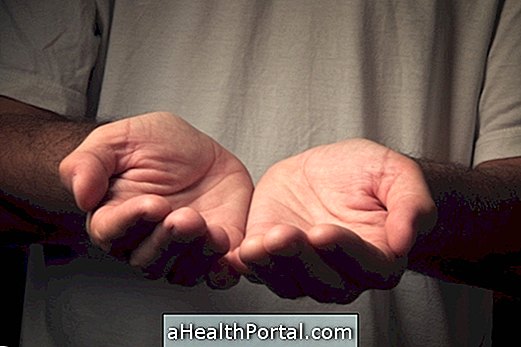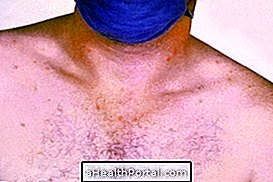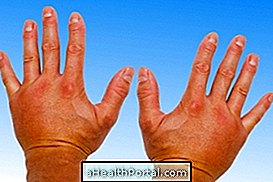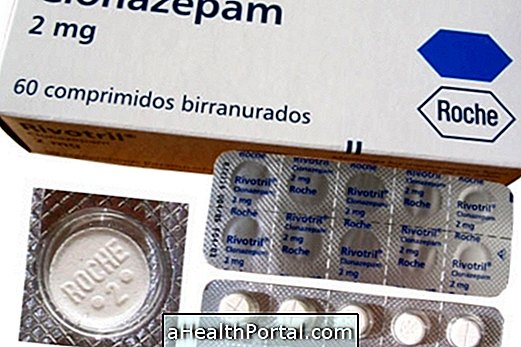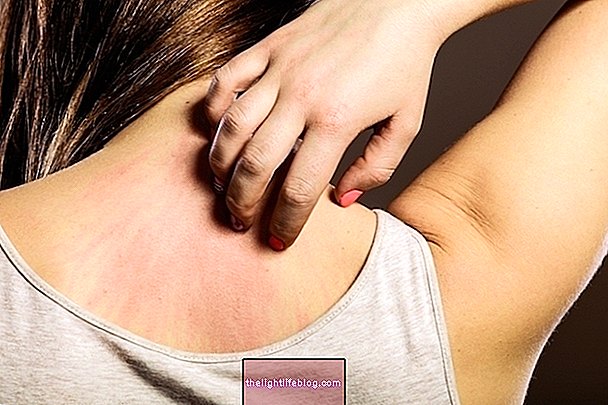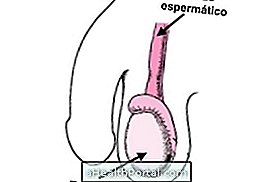Compression stockings are indicated for cases of venous diseases or problems of blood circulation, as they serve to improve circulation and prevent the onset of varicose veins.
There are different types of compression stockings available on the market, some of which cover the feet and the calf, others cover up to the thigh and others that cover the whole leg and abdomen. In addition, they are sold with different levels of compression, and therefore should only be used under the indication of the doctor, nurse or physiotherapist.
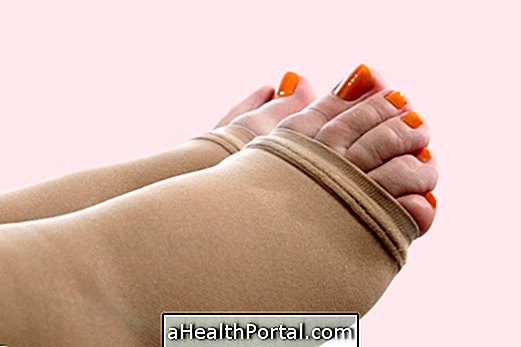
How Compression Socks Work
The compression stockings by pressing on the legs help the blood to return from the feet to the heart, functioning as a kind of pump that acts against the force of gravity and helps in the return of blood.
One of the most common problems that can be prevented with the use of compression stockings is the varicose veins and the bumps in the feet at the end of the day that arise because of the effort that exists to pump the blood to the heart. See more about treatment for poor circulation.
When to Use
This type of socks are indicated for cases where there are deficient valves or obstructed veins that hinder the return of blood to the heart and are indicated in the following cases:
- Family history of varicose veins;
- Venous insufficiency;
- History of thrombosis in the family. Learn how to identify thrombosis;
- Varicose veins or varicose veins:
- History of post-thrombotic syndrome;
- Feeling of heavy, sore or swollen legs;
- Need to stay up a lot of time standing during the day;
- Spend most of the day sitting around. Understand why sitting too long is bad;
- Pregnant, due to the physical changes that occur during the period of pregnancy;
- Recovery periods after surgeries, especially when recovery forces you to lie down or sit all day.
In addition, compression stockings may be indicated in simpler situations, such as long journeys, for example, as they can be used only to prevent problems from occurring. In addition to the use of socks, it is very important to ensure hydration throughout the day and to regularly move the arms and legs in order to facilitate blood circulation.
Watch the following video and see how to improve comfort while traveling, even if you suffer from swelling in the legs and feet:

When Not to Be Used
Despite all its benefits, compression stockings should only be used under medical indication and are contraindicated in the following situations:
- Ischemia;
- Uncontrolled heart failure;
- Infections or wounds in the legs or in the regions covered with socks;
- Skin infections;
- Allergy to socks materials.
In addition, although these socks are suitable for situations where it is necessary to spend a large part of the day sitting or lying down, they are not suitable for bedridden people who are unable to get out of bed since they may increase the risk of blood clots. Learn how to care for a bedridden person.

